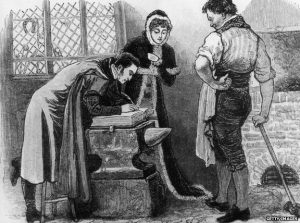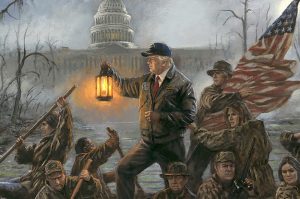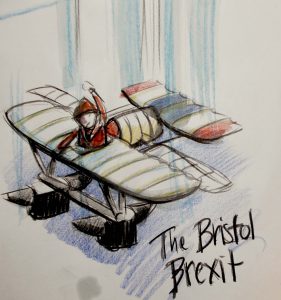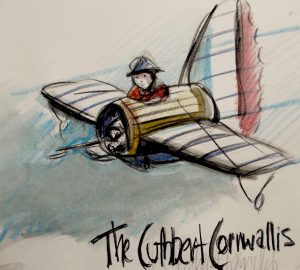Dear reader, we’ve been inundated with enquiries from politicians, lobbyists, an entire phalanx of journalists from the Murdoch press, the entire faculty of Western theory from the Ramsay Institute in response to our hard hitting article on planes that made the American War of Independence something really special.
Indeed, we are indebted to the president of the United States, for the heavy lifting.
Though we’d been assiduous in documenting this whitewashed period of American history, it was the Don who gave us coverage. We are indebted to him, as doubtless the government of Iran is for giving them the green light on NUKES!
But critically, and we think you’ll agree with us, there is scant information on how these aircraft were used operationally, What power system guided them, and to what purpose these primitive aircraft were envisioned. Indeed we ask ourselves the same questions in relation to Australian government defence contracts and the recent decision to purchase very expensive unmade French submarines that wont be operational for years. We are assured via the Property Council and those who own parcels in the Opal or Mascot towers developments that the investment is safe, and cept for the odd billions that must be kept secret for our collective good, we cannot explain the benefit to the public at large, nor encourage them to question an absence of transparency,
Faster than you can incarcerate a Uighur, or condemn an aboriginal boy to a lifetime of imprisonment we give you the first details of Planes that made America GRATE.
First the British side.
Long before the era of Farage and Johnson, an inventor John Bristol, was commissioned by His Majesty forces in North America to provide a low cost alternative to a bomb vessel. A bomb vessel, being a lightly built shallow bottomed boat that could sail in shallow waters and equipped with a mortar, get close to the enemy and inflict considerable damage. Bomb vessels were difficult to manouver, dangerous in high seas, and unreliable.
Bristols brainwave was to develop the fist ever VSTOL (very Short Take Off and Landing) aircraft that could be launched from a cliff. Consisting of a primitive wing, a volunteer and two 200 kilogram anvils the Brexit wold be dropped from a very high cliff onto the enemy. The 500 litre hogshead of gunpowder would be lit during the descent, and the “ pilot” jettison himself just prior to impact.
The principle shortcoming of the Brexit was its lack of strategic worth, and perceived more as a terror weapon, paradoxically both terrifying to the troops that used it in as much as the enemy.
Designed by Brigadier Cuthbert of the Royal Artillery, the Cornwallis was a ramp launched catapult weapon. Armed with a Brown Bess and observer, it was launched over enemy strongholds and whilst in flight capable of reaching hitherto inaccessible corners within the enemy territory. Unfortunately it had a tendency to stall, killing both the pilot and observer. A 300 plane super squadron had been planned, but an absence of available barrels during the 1778 elections the operation was shelved.





